How is Google gearing up for the Kenyan elections?
All over the world Google is engaging more and more in covering elections and making access to information easier for voters. This is also true for Africa. Following the elections in Ghana in December last year, Google has launched a new hub for the Kenyan elections coming up on March 4. DW Akademie spoke to Ory Okolloh, Google’s Policy and Government Relations Manager for Sub-Saharan Africa, about Google’s work in Africa and its commitment to free and fair elections.
![]() read more
read more
Independent election reporting in Sierra Leone
The elections in Sierra Leone in November 2012 marked another important test for the country’s democracy and stability some ten years after the end of its civil war.
To help provide accurate and impartial coverage of the elections, local radio stations and international partners worked together to produce IRN – the Independent Radio Network. This temporary cooperation gave many Sierra Leoneans across the country access to up to date and independent election reporting. DW Akademie’s Kate Hairsine was one of the international trainers mentoring IRN journalists and looks back on how this innovative network covered the elections.
![]() read more
read more
Interviews – a spoiled investigation
As we continue in our series about difficult and challenging interviews, Martin Vogl reflects on conducting an interview that was crucial to his investigation into illegal adoptions in Mali.
I think the hardest interview I have ever done was with the head of an orphanage in Mali I suspected of being involved in illegal adoptions. The interview was tough because there was so much at stake; this interview had the potential to lift the lid on an investigation I had been working on for many months.
![]() read more
read more
Drones as journalism tools
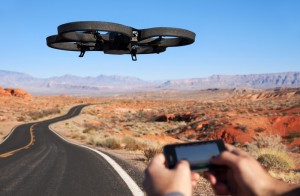 Unmanned aerial vehicles, better known as drones, have made their way out of military laboratories and into local electronics shops during the past ten years. Today, anybody can buy their own drone for as little as 300 euros. And the unmanned craft can even be used by journalists, for example, to cover protests or catastrophes.
Unmanned aerial vehicles, better known as drones, have made their way out of military laboratories and into local electronics shops during the past ten years. Today, anybody can buy their own drone for as little as 300 euros. And the unmanned craft can even be used by journalists, for example, to cover protests or catastrophes.
Marcus Bösch talks about the pros and cons of drone journalism.
![]() read more
read more
Freeware: Must-have tools that don’t cost a cent
 There’s a lot of freeware and open-source software available on the web these days. However, there’s an often held belief that free software isn’t as good as commercial programs. Of course, you should always pay attention to the functionality of the freeware you plan to install. Although there are free alternatives to complete almost every task, the freeware might not offer such an extensive range of functions compared to established proprietary software.
There’s a lot of freeware and open-source software available on the web these days. However, there’s an often held belief that free software isn’t as good as commercial programs. Of course, you should always pay attention to the functionality of the freeware you plan to install. Although there are free alternatives to complete almost every task, the freeware might not offer such an extensive range of functions compared to established proprietary software.
Still, that is only half the story. In some areas such as Internet browsing, the freeware such as Mozilla or Google Chrome is so good that there are no commercial counterparts worth considering.
We have created a list of freeware that is definitely worth trying out.
![]() read more
read more
Reporting about people with disabilities
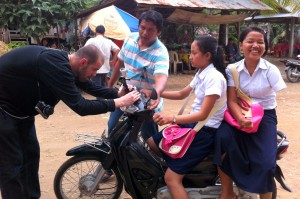 In many societies, people with disabilities are pushed aside – be they mentally challenged or physically impaired. Some of them have to beg for money in the streets, others stay out of sight or are even locked away.
In many societies, people with disabilities are pushed aside – be they mentally challenged or physically impaired. Some of them have to beg for money in the streets, others stay out of sight or are even locked away.
In Cambodia, the country’s Disability Action Council (DAC) estimates that nearly five percent of the population of 14.9 million people is disabled. According to the UN Economic and Social Commission for Asia and the Pacific (UNESCAP), Cambodia’s high disability rates can be attributed to three main factors:
• “past war casualties
• the ongoing risk of mines,
• the lack of prevention and primary care for various disabling diseases.”
The Cambodian media don’t often deal with the lives of the disabled. One reason may be shyness or ignorance on the part of the journalists about the life of people with disabilities. But two recent television training workshops have helped improve the way journalists portray people with disabilities in the media. They were jointly organized by DW Akademie, Germany’s GIZ and the Women’s Media Centre of Cambodia.
![]() read more
read more
New York Times presents multimedia feature “Snow Fall”
Just days before I was supposed to go skiing over the Christmas holidays, my Twitter feed lit up with a lot of people talking about an avalanche story. More specifically, the New York Times web project Snow Fall – a multimedia feature about a deadly avalanche.
It’s a brilliant long format multimedia feature, showcasing in-depth reporting and using probably everything in the multimedia storytelling toolbox: text, maps, graphics, photos, video, audio and animation. And that’s just what you see and hear. Underneath the hood there is another world of programming and code. This is a long, labour intensive project.
![]() read more
read more
Interviews – talking to a genocide survivor
As we’ve discussed in a previous blog post, so many skills go into making a good interview, especially for broadcast – from research and fact checking to crafting good questions to being a good listener.
But what about patience, empathy or just being human?
DW Akademie trainer and our Africa blog co-editor, Christine Harjes, reflects on the most challenging interview she has conducted: with a survivor of the Rwandan genocide.
![]() read more
read more
Web Documentaries … What Are They?
 A whole generation of young authors and directors view interactive storytelling as a promising new way of expression. They also view them as a wonder drug that will lure in tomorrow’s viewers who have grown up with multimedia content.
A whole generation of young authors and directors view interactive storytelling as a promising new way of expression. They also view them as a wonder drug that will lure in tomorrow’s viewers who have grown up with multimedia content.
The fact is web documentaries are attracting ever-increasing audiences. But what exactly is a web documentary? In this guest blog post, video journalist, blogger and web documentary producer Philipp Barth takes us through the genre.
![]() read more
read more
Equipment: Mobile Journalist
Guy Degen is a freelance journalist and trainer and is always looking for innovative ways to use mobile devices for reporting.
Guy shares with us the equipment that make up his basic kit for using a mobile phone for reporting.
![]() read more
read more





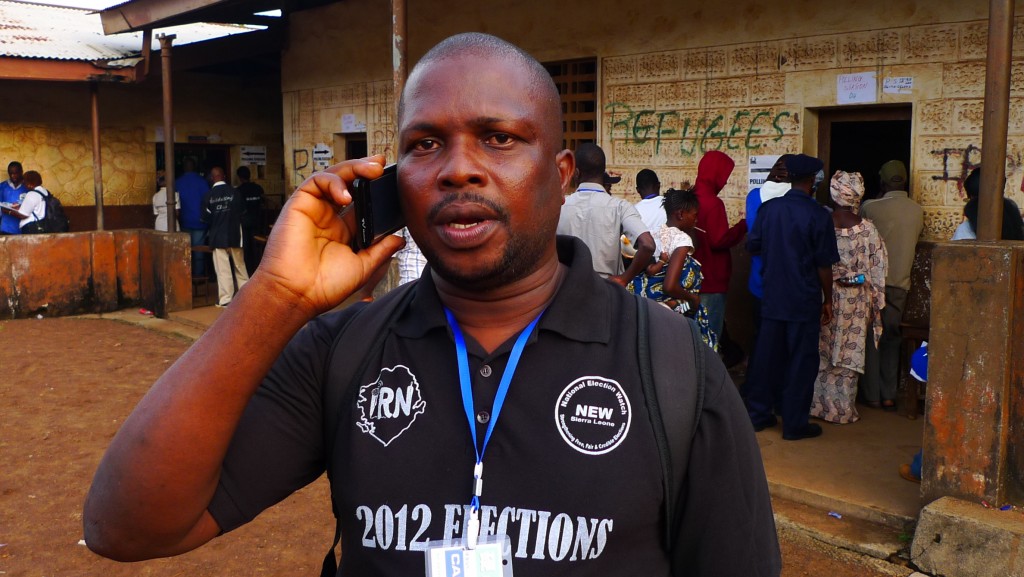
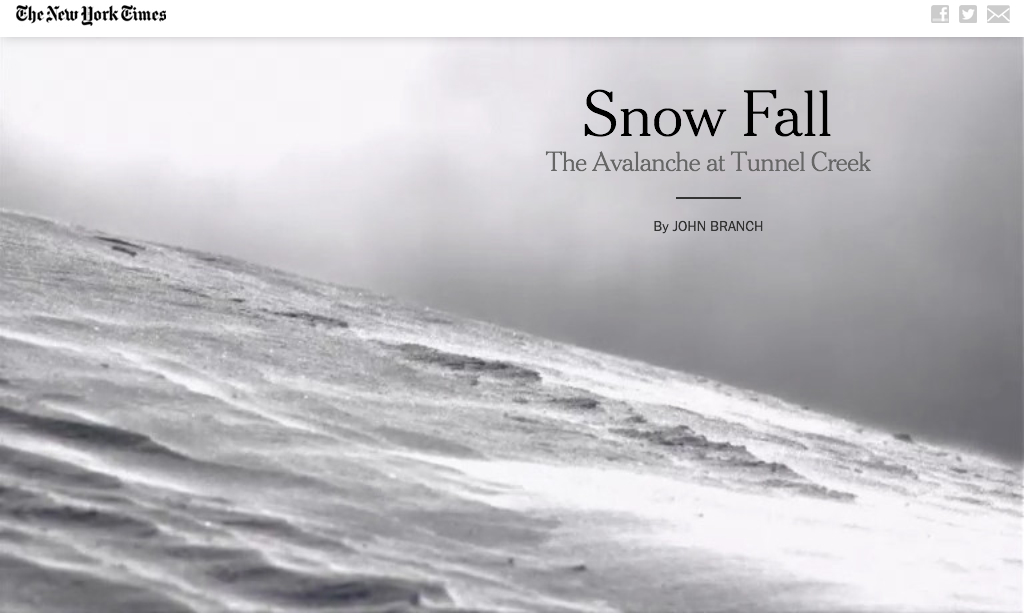
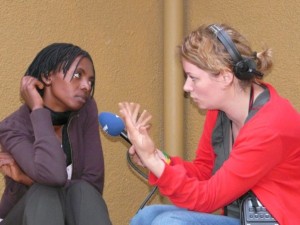
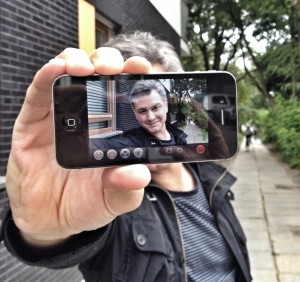




Feedback